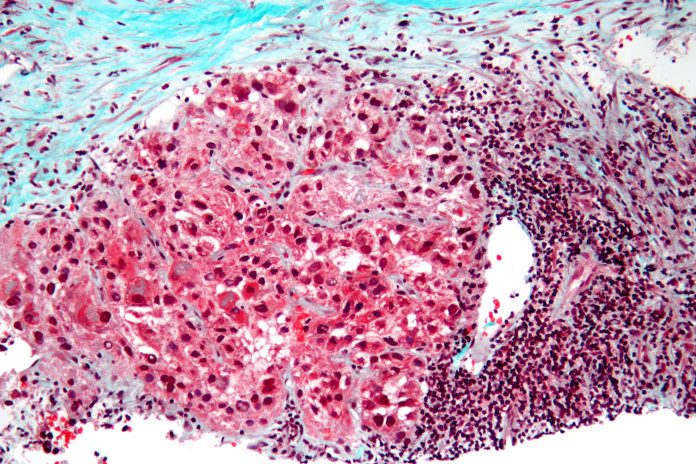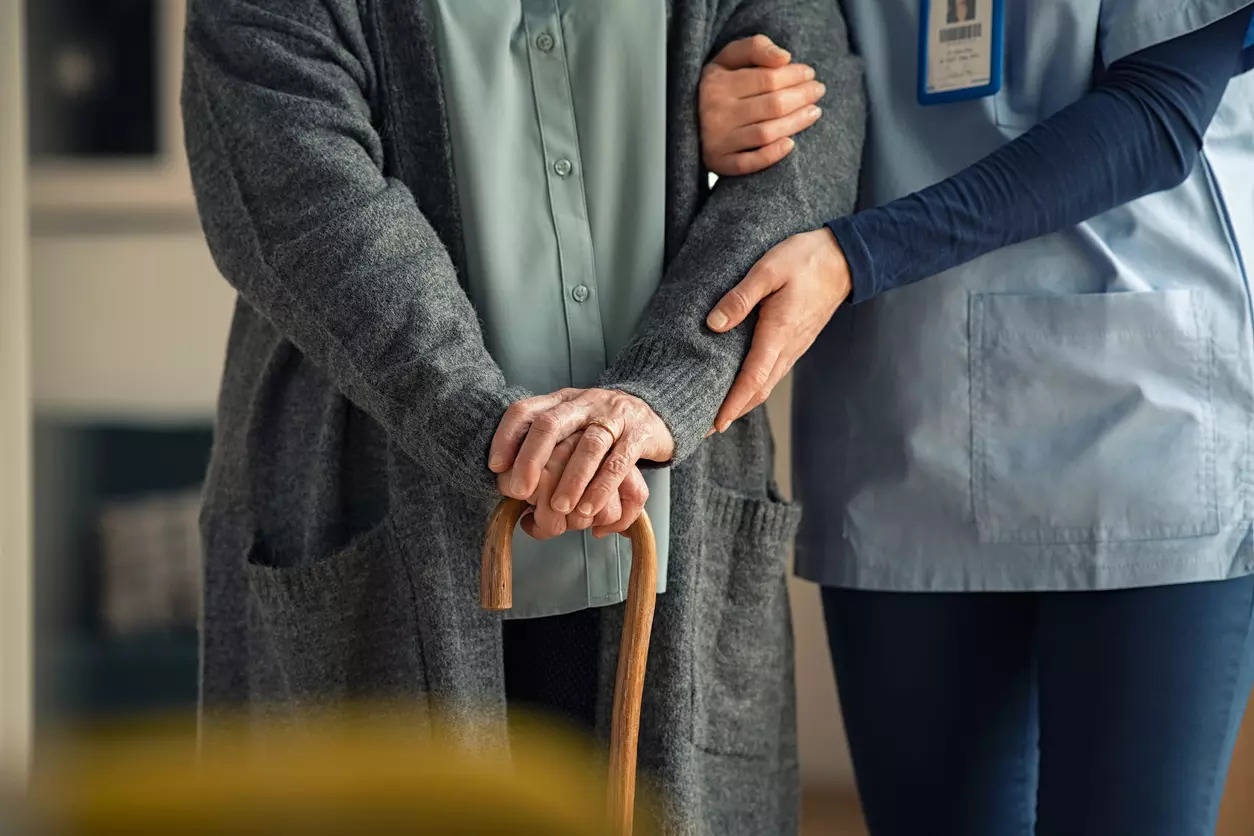
New research from investigators at the Johns Hopkins Kimmel Cancer Center shows that a newly identified form of lymph node-like structures found in liver tumors after treatment with immune checkpoint inhibitors (ICIs) in advance of surgery may be important markers of treatment response and long-term patient outcomes. The research, published in Nature Immunology, provides new information about these structures called tertiary lymphoid structures.
Lymph nodes play a crucial role in the immune system, serving as hubs where immune cells can gather, interact, and respond to pathogens or abnormal cells. In cancer, the presence and functionality of these nodes can influence disease progression and treatment efficacy. Tertiary lymphoid structures are highly organized collections of immune B and T cells, which are reactivated by ICI therapy, and are associated with better treatment response. They are formed in non-lymphoid tissues in response to chronic inflammation or tumorigenesis, but, unlike regular lymph nodes, which are present from birth, tertiary lymphoid structures develop in response to specific immunological stimuli, such as cancer or infection.
The study identifies a previously unrecognized form of tertiary lymphoid structures in hepatocellular carcinoma (HCC) that emerge following presurgical immunotherapy. These newly identified structures appear to enhance anti-tumor immunity, leading to a decrease in cancer recurrence rates after surgical intervention.
“We identified the life cycle of tertiary lymphoid structures in patients with liver cancer, and the takeaway is that these structures may be very important in the generation of anti-tumor immunity and may increase the likelihood of curing the cancer,” said senior study author Mark Yarchoan, MD, an associate professor of oncology at the Johns Hopkins School of Medicine.
Yarchoan and the team had previously conducted the first clinical trial of an immunotherapy before surgery for hepatocellular carcinoma, which showed only a subset of patients treated were cured with this approach. The new study was conducted to better understand why some responded to the therapy while others didn’t.
“One of the things that struck us when we looked at these tumors was that patients who were responding to immunotherapy had tertiary lymphoid structures,” Yarchoan noted. Like lymph nodes, the structures have infection-fighting immune B cells in the middle and tumor-killing immune T cells on the outside. “We wanted to learn what these structures are doing.”
To do this, the investigators analyzed biopsies from HCC patients treated with ICIS, and found that patients exhibiting a higher prevalence of tertiary lymphoid structures were more likely to experience tumor shrinkage and lower rates of cancer recurrence post-surgery.
In particular, tumors that developed these structures centrally, rather than peripherally, showed the most significant response to treatment, an important finding that indicates that their location and structure may help determine patient outcomes.
The study’s lead author, Daniel Shu, MD, now a professor at the University of Maryland Medical School, noted that there is a distinct transformation of tertiary lymphoid structures in patients who responded favorably to immunotherapy. This form is characterized by a dispersion of B cells, alongside a retention of T cell zones, which may be critical for sustained immune activation against tumors.
While the new research can help clinicians better determine outcomes prior to surgery for HCC patients, it also points to finding ways to induce the formation of tertiary lymphoid structures in patients that don’t respond, as a method to improve the efficacy of ICI treatment.
The new findings also suggest further investigation into how combinations of immunotherapies or other presurgical therapies might impact the formation and functionality of tertiary lymphoid structures, potentially benefiting patients across multiple cancer types.









